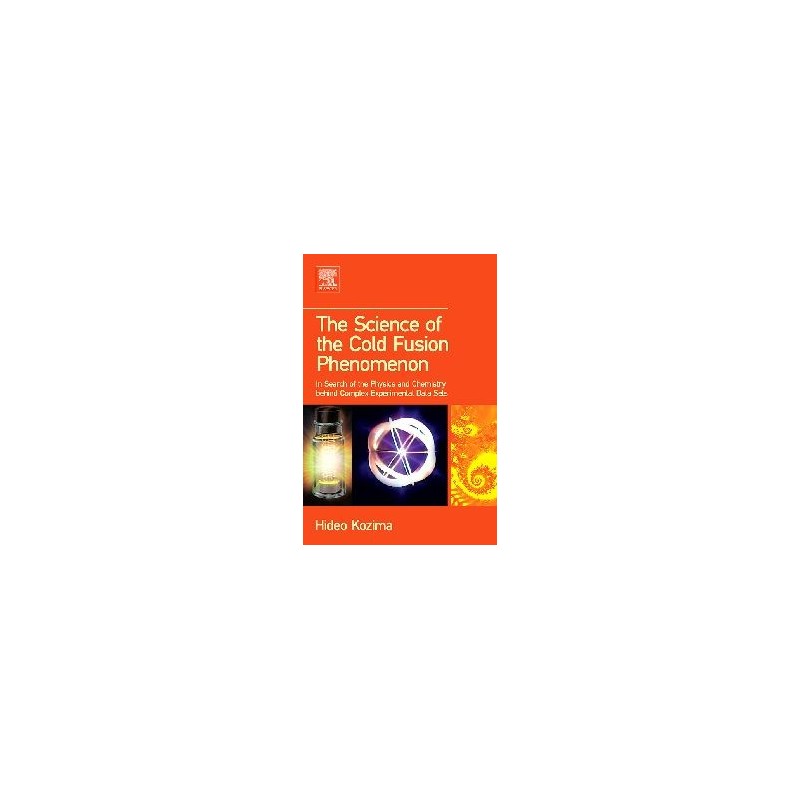- Obecnie brak na stanie




darmowa wysyłka na terenie Polski dla wszystkich zamówień powyżej 500 PLN

Jeśli Twoja wpłata zostanie zaksięgowana na naszym koncie do godz. 11:00

Każdy konsument może zwrócić zakupiony towar w ciągu 14 dni bez zbędnych pytań
Termistor do montażu przewlekanego (THT) o rezystancji 10k, współczynniku temperaturowym 3380K i dokładności 1%. Korpus czujnika ma wymiary Ø2.5x4mm
Brak towaru
NUN16 to organizer warsztatowy wykonany z wysokiej jakości tworzywa sztucznego, przezroczysty, zamykany na zatrzaski, z solidną rączką zapewniającą wygodny transport. Posiada 5 komór
Brak towaru
WZMACNIACZ MIKROFONOWY SMD - ZESTAW DO SAMODZIELNEGO MONTAŻU
Brak towaru
Moduł optycznego czujnika kurzu / dymu SHARP GP2Y1050AU0F, pozwala na pomiar zawartości drobinek kurzowych w przepływającym powietrzu, wykorzystując metodę analizy odbicia światła od cząsteczek. GP2Y1050AU0F
Brak towaru
Brak towaru
Zmontowany termometr z termoparą i alarmem. AVT1960 C
Brak towaru
Brak towaru
Obudowa do komputerów Raspberry: Pi 3 model B+, Pi 3 model B, Pi 2 model B oraz Pi 1 model B+ przezroczysta. Wykonana z tworzywa sztucznego
Brak towaru
Brak towaru
Brak towaru
Brak towaru
Brak towaru
Brak towaru
PŁYTA EWALUACYJNA I KLAWIATURA MUZYCZNA MIDI - PŁYTKI DRUKOWANE I ZAPROGRAMOWANY UKŁAD - PŁYTKA DRUKOWANA I ZAPROGRAMOWANY UKŁAD
Brak towaru
Brak towaru
Obudowa do komputerów Raspberry: Pi 3 model B+, Pi 3 model B, Pi 2 model B oraz Pi 1 model B+ w kolorze czarnym z metalu
Brak towaru

